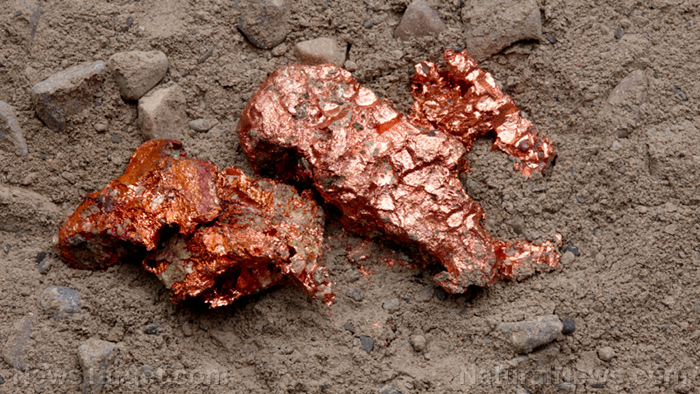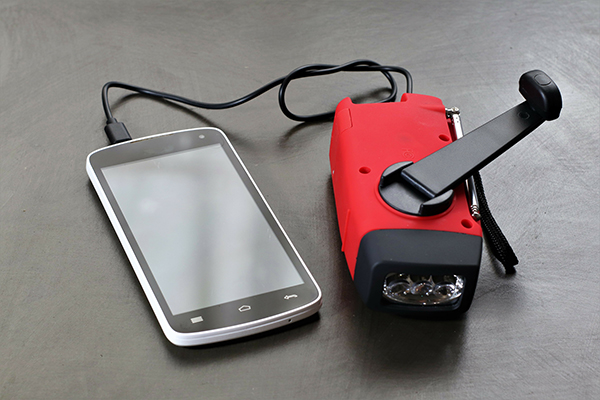
The work of Saudi researchers has made it easier for sodium-ion batteries to match the performance of their more expensive lithium-ion counterparts. In an article in Nanowerk, the researchers announced a new production process that makes it much cheaper to create the hard carbon required for effective sodium-ion batteries.
Lithium is not a rare earth element, but it is difficult to find in its natural state because it reacts very easily to environmental factors. Most of the world's supply comes from mines in South America and Australia.
Sodium is a much more abundant element than lithium. It also has far greater stability. You could buy thirty pounds of sodium with the same amount of money needed for a pound of lithium.
This affordability makes sodium a very attractive alternative for lithium in Saudi Arabia. The Middle Eastern country operates many water desalination plants. In addition to potable water, the facilities produce plenty of sodium as a byproduct of desalinization. (Related: New supercapacitor could be an ideal alternative to lithium-ion batteries.)
Sodium-ion batteries need an expensive graphite variant called hard carbon
Sodium ions are bigger than lithium ions. This poses a problem because most batteries – including the lithium-ion ones – use graphite as the material for their anodes, the part that stores energy.
Graphite can store lithium ions easily enough. But it has trouble fitting the much bigger sodium ions between its layers. Graphite anodes cannot store as many sodium ions as they can with lithium ones.
An alternative to normal graphite is hard carbon. This type of graphite has a disordered arrangement that lets it accommodate more sodium ions. Hard carbon anodes have bigger storage capacity than graphite ones.
Producing hard carbon requires temperatures close to 1,832 degrees Fahrenheit (1,000 degrees Celsius), which is around the same heat as lava from a volcano. The energy and material cost of producing large quantities of it would outweigh the savings from cheaper sodium.
Adding nitrogen gas during the heating process
A research team from the King Abdullah University of Science and Technology (KAUST) has come up with a simple, cheap, and easy process to create this type of graphite. They reported creating 3D hard carbon right on top of copper collectors with an ordinary bench-top laser.
Their new method does not resort to the high temperatures required by earlier processes. Nor does it need the added step of coating the material.
Instead, they used a polyimide that contains urea as the raw material for a polymer sheet. They exposed this sheet to light from the laser.
During this laser exposure step, they also added nitrogen gas. The nitrogen atoms replaced some of the carbon atoms, allowing the polymer to attain a very high nitrogen level that other methods could not match.
The high nitrogen level increased the conductivity of the 3D graphene sheet. The space between its atoms increased. Finally, it also directly bonded to the copper current collectors.
New hard carbon anode increases the efficiency of sodium-ion batteries
The KAUST team used this laser-formed hard carbon sheet to make the anodes for the sodium-ion batteries. They reported that their new anode demonstrated higher efficiency than other carbon-based equivalents. The anode could also store greater numbers of sodium-ions than its predecessors.
"We wanted to find a way to make three dimensional hard carbons without having to excessively heat our samples," explained researcher Fan Zhang. "This way we could form the hard carbon directly on copper collectors."
They published their findings in the journal Advanced Energy Materials. KAUST researcher Husam Alshareef served as the primary author of the paper.
Find more articles about sodium-ion battery technology at Discoveries.news.
Sources include:
Please contact us for more information.





















